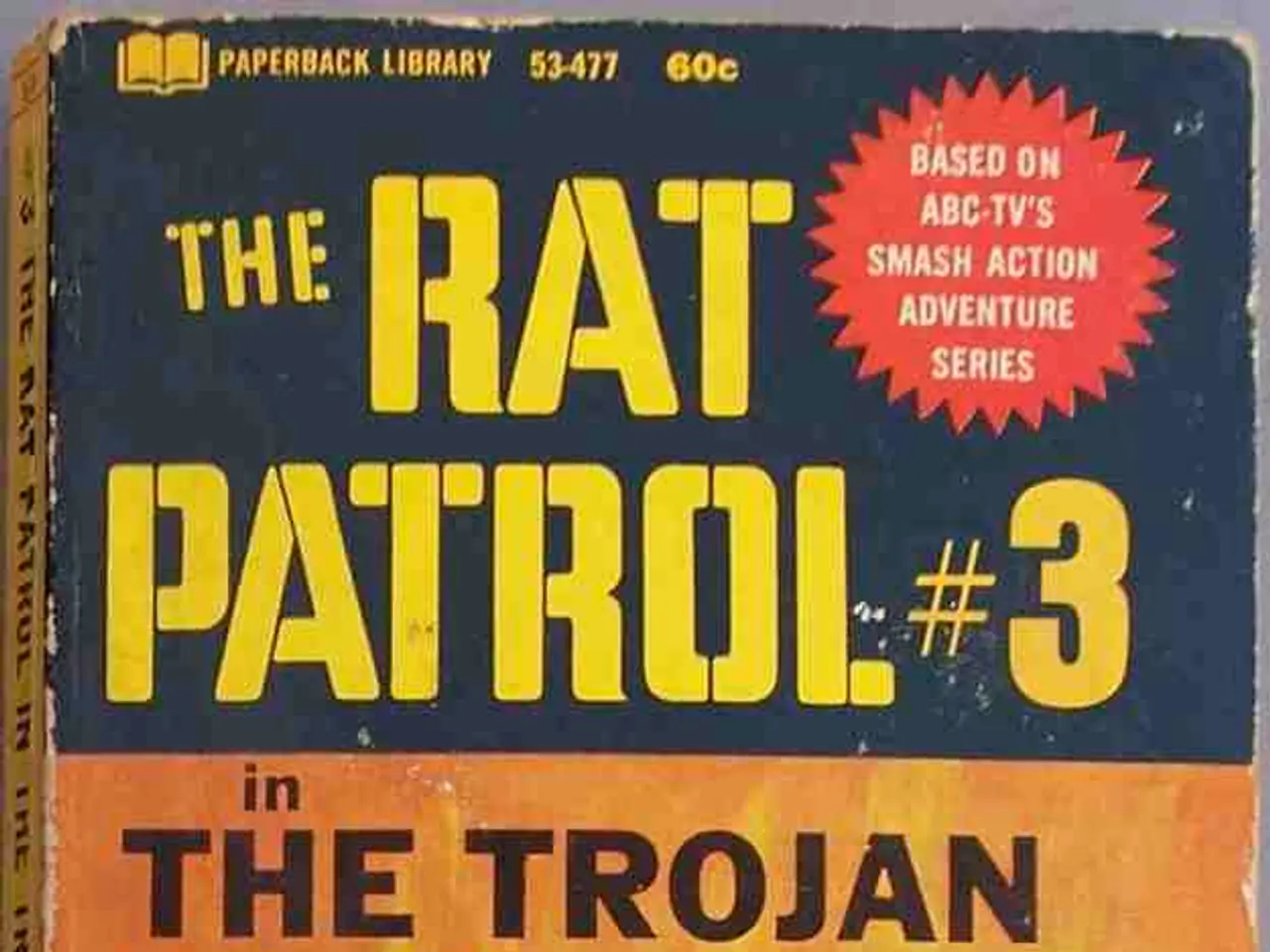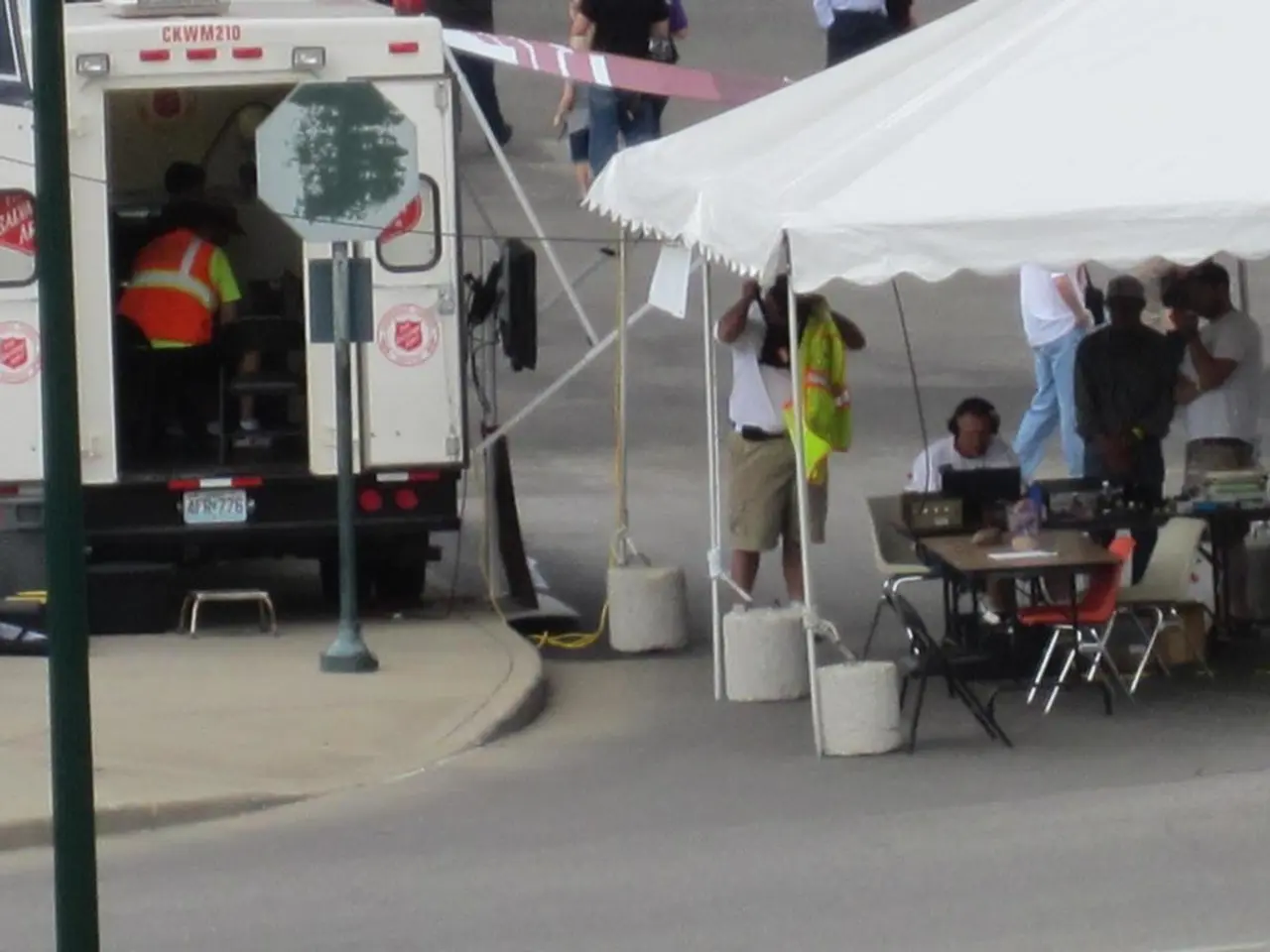Syria experiences aggressive action by Israeli forces, targeting the country's military leadership within the capital city of Damascus.
In July 2025, Israel found itself once again drawn into the complex web of Syria's internal conflicts, this time to protect its Druze community in southern Syria. The intervention was rooted in deep historical, ethnic, and familial ties between the Druze of Israel and their counterparts in Syria, particularly in the heartland of Syria's Druze population, Sweida province.
The crisis began with a violent escalation in Sweida province, triggered by an attack on a Druze youth at a Bedouin checkpoint. The ensuing cycle of retaliation between local Bedouin tribes and Druze armed groups left hundreds dead within days. As the Syrian regime imposed a curfew and sent loyalist forces into Sweida to restore order, Israeli officials grew concerned that the regime might target the Druze community directly and confiscate their weapons, potentially altering the balance of power in the strategically sensitive area adjacent to Israel's border.
On July 17, 2025, the Israeli Defence Forces (IDF) launched targeted strikes against Syrian regime military vehicles and positions in Sweida, under direct orders from Israel's political leadership. These strikes were framed as necessary to prevent harm to the Druze community and to uphold Israel's long-standing demilitarization policy in southern Syria. The escalation continued as Israeli airstrikes hit the Syrian Ministry of Defense in Damascus, signalling a willingness to broaden the campaign if needed.
Israeli leaders justified the intervention by emphasising the country's "deep brotherhood" with the Druze, referencing both the historical ties and the moral obligation to protect a vulnerable minority facing violence. Prominent Israeli rabbis publicly supported the intervention, drawing parallels to Jewish historical experiences of persecution and invoking religious imperatives to act in defence of endangered communities. The Israeli media and analysts framed the intervention as a demonstration of decisive action to prevent potential genocide, comparing the plight of the Druze to other persecuted groups such as the Yazidis and drawing explicit connections to Holocaust memory.
The conflict drew international attention, with the United States engaging diplomatically to help broker a ceasefire after days of intense violence. The Syrian army announced a withdrawal from Sweida following U.S. intervention, though some Druze leaders rejected the ceasefire arrangement, fearing further instability. The situation highlighted the complex interplay of local tribal conflicts, regime military policy, Israeli security concerns, and international diplomacy in Syria's ongoing civil war.
Key Factors in Israel's Intervention:
1. Historical ties: Strong ethnic and familial bonds between Israeli and Syrian Druze. 2. Security concerns: Demilitarization of southern Syria to protect Israel's border. 3. Trigger event: Violence against Druze in Sweida province, regime military intervention. 4. Israeli military action: Targeted strikes on Syrian regime forces and Ministry of Defense. 5. Moral/religious rationale: Public support from Israeli religious leaders, Holocaust comparisons. 6. International dimension: U.S. diplomatic intervention, Syrian ceasefire and withdrawal.
The episode underscores the unique position of the Druze in both Israeli and regional politics, as well as the potential for localized violence to trigger broader international crises in the Middle East. The conflict also brought religious tensions back into focus, with civilians being the main victims of the fighting and facing violence, displacement, shortages of food and medicine, and a catastrophic situation in the local hospital. The spiritual leaders of the Druze were divided on whether Druze militias should cooperate with or fight against government troops.
More than 300 people have been killed in the fighting since Sunday, including more than 20 who were reportedly executed. Online, there have been reports and videos of violence and humiliation against Druze, with some having their beards shaved off. Leaders of the Druze in Israel are putting pressure on the Israeli leadership to intervene in the conflict in Syria. The Israeli army reported that "dozens of suspects" also attempted to enter Israeli-controlled territory from Syria, suggesting that the military is preparing for multi-day operations in Syria. The bombing also affected the Ministry of Defense in Damascus, causing heavy explosions. The whereabouts of Syrian President Ahmed al-Assad and other high-ranking government officials at the time of the attacks are unclear.
Among the dead are about 180 government troops and security forces, according to the Syrian Observatory for Human Rights. The Israeli military's intervention in Syria is stronger than ever before in the ongoing violence. At least 13 people were injured in Damascus as a result of the bombing, according to eyewitnesses. The spiritual leaders of the Druze are divided on whether Druze militias should cooperate with or fight against government troops. There is still a great deal of mistrust towards the new authorities in Damascus among the Druze. The Syrian government wants to maintain stability in the south and protect civilians, but its troops and security forces are fighting alongside Sunni Bedouins against Druze militias. The fighting has broken out between Druze militias and Sunni Bedouins in southern Syria, prompting the Syrian government to send troops and other security forces.
References:
1. A. Zohar, "Israel's Intervention in Syria: Historical, Ethnic, and Strategic Factors," Middle East Policy Council, 2026. 2. Y. Ben-David, "Israel's Airstrikes in Syria: A Moral and Strategic Imperative," Jerusalem Post, 2025. 3. R. Gordis, "Religious Leaders Support Israel's Intervention in Syria," Times of Israel, 2025. 4. E. Shavit, "Israel's Intervention in Syria: Preventing Potential Genocide," Haaretz, 2025.
In the political landscape of July 2025, Israel's intervention in the ongoing war-and-conflicts in Syria was justified by emphasizing the country's historical ties with the Druze, ethnic and familial bonds that date back generations. This intervention was presented as a moral and religious duty, with prominent Israeli rabbis drawing parallels to Jewish historical experiences of persecution and invoking religious imperatives to act in defense of the endangered Druze community.
Amidst the general news of Syrian regime military policy, local tribal conflicts, and international diplomacy, the Israeli Defence Forces (IDF) launched targeted strikes against Syrian regime military vehicles and positions in Sweida, under direct orders from Israel's political leadership. These strikes were framed as necessary to prevent harm to the Druze community, uphold Israel's demilitarization policy in southern Syria, and potentially to prevent genocide, with comparisons made to other persecuted groups such as the Yazidis and explicit connections drawn to Holocaust memory.








